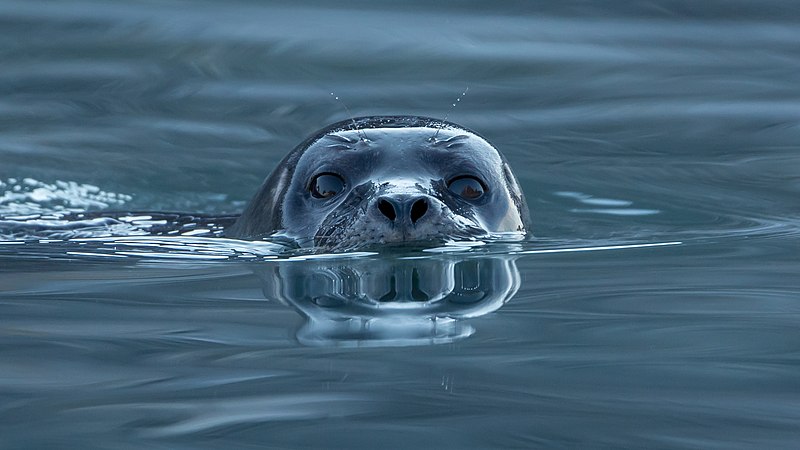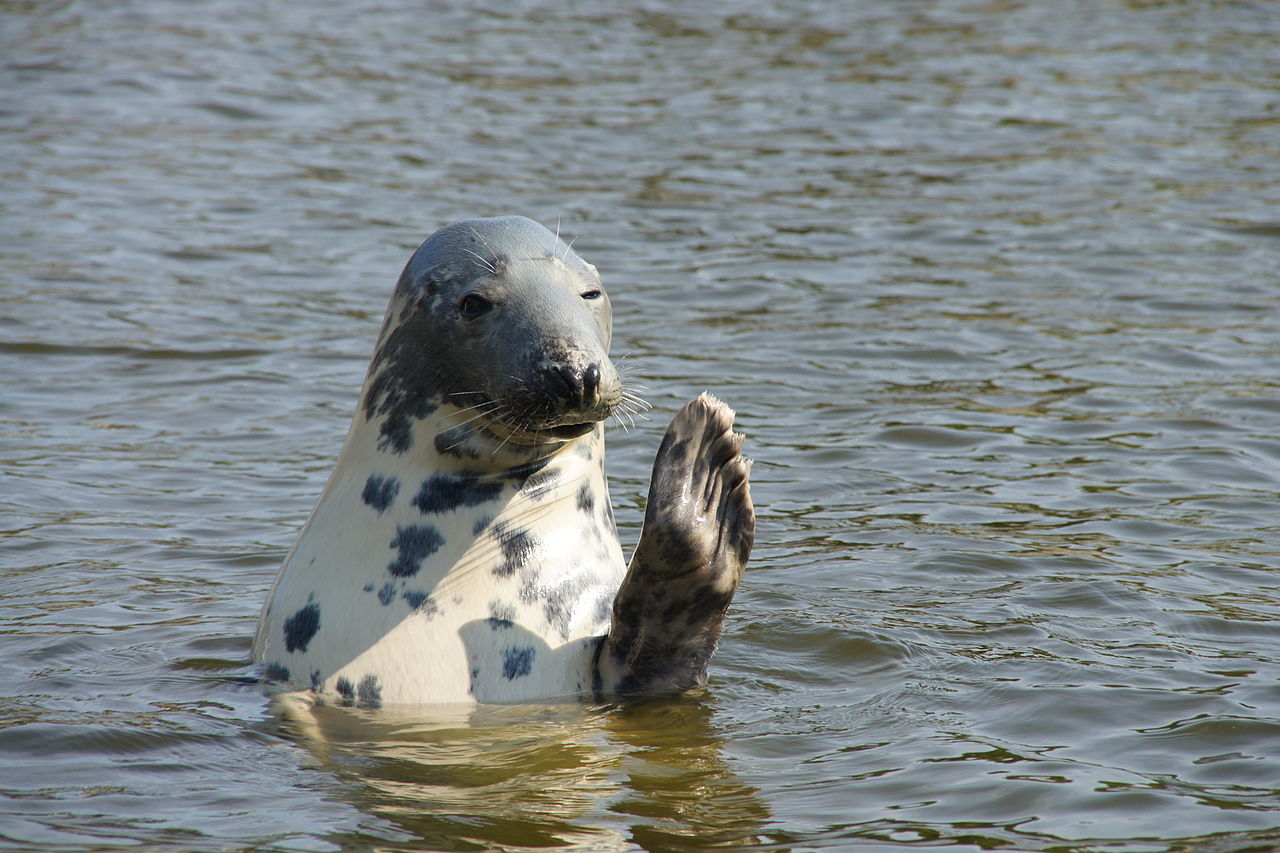Hybura
The Hybura are one of the animals observed along the continent's coast known to be the most mischievous. Plenty of stories of these animals teasing fishermen with anything from splashing water on them to stealing the captured fish while the fishermen are distracted.
But while there are plenty of stories of teasing, there are also some communities where the fishermen and Hybura work together to capture more fish and, that way secure a steady food source for both groups.
Basic Information
Growth Rate & Stages
From birth to being old enough to live independently takes around 4-6 weeks. And the females are mature at the age of four, with the males reaching this point at around seven.
Ecology and Habitats
Prefer to live along sand beaches, with some colonies seen on rocky shores, but this has never been observed for several years continuously and is believed to be out of lack of free shores.
Dietary Needs and Habits
The young ones will eat shellfish and molluscs, with the grown-ups hunting for salmon and cod.
Additional Information
Social Structure
Colonies consist of groups between 20 and 120, with the largest colony observed and estimated at around 250. While on land, they don't seem to have much of a social structure, but fishermen who have observed the Hybura have noticed that the most mischievous of them are the younger ones, with an older one observing from a distance.
Uses, Products & Exploitation
They are used as a food source as well as a fur source for the communities that hunt them.
Geographic Origin and Distribution
It can be found along most parts of the coast of Mirateia, but the largest colonies of the species are located on the islands around the mainland.
Average Intelligence
For an animal they are known to be fairly intelligent, some people have compared them to that dogs and wolves, since they can tell the difference between people and are known to play tricks with fishermen.
Lifespan
Around 30 years
Conservation Status
Very common
Average Weight
170–310 kg
Average Length
2.95–3.3 m
Body Tint, Colouring and Marking
The colonies on the mainland are typically found with colours ranging from grey to white, with the colonies on the islands mixing the two colours so they have a grey top and a whiter bottom. Scholars believe this is to help these colonies hunt better in the deep sea as well as protect them against larger predators.





sea puppies!